Ted Nugent
Buy Ted Nugent After nearly a decade leading the Amboy Dukes, Ted Nugent embarked on a solo career and released his self-titled debut album in 1975. With a newly formed group that featured […]
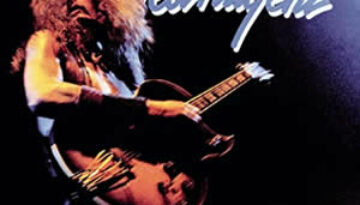
Buy Ted Nugent After nearly a decade leading the Amboy Dukes, Ted Nugent embarked on a solo career and released his self-titled debut album in 1975. With a newly formed group that featured […]

Buy Skid Row This album review is provided by Merry Mercurial, a writer of fiction, essays, reviews, and the “highly subjective” music blog. Every bit as fun as candy cigarettes, if not as […]

Buy Fly By Night Buy Caress Of Steel 1975 was the year when Rush truly became Rush with the first recordings following the arrival of drummer and lyricist, Neal Peart. During the course […]
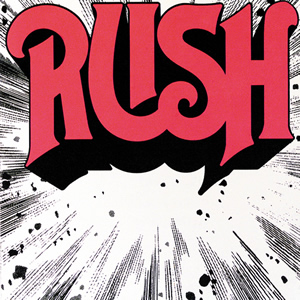
Buy Rush Rush burst onto the international scene in 1974 with an energetic and entertaining debut album. The only album to feature drummer John Rutsey, this self-titled album is also unique in the […]
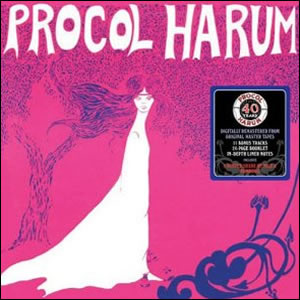
Buy Procol Harum Procol Harum released their fantastic eponymous debut at the end of the summer of 1967 but most listeners have not had an opportunity to hear it as it was created. […]
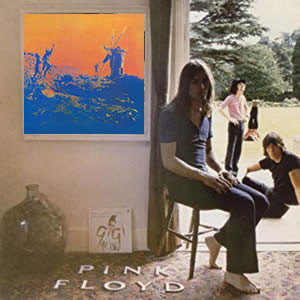
Buy More Buy Ummagumma The recorded output by Pink Floyd during the year 1969 was ubiquitous, original, creative and disjointed. During the year, the group released the LP soundtrack to the film More […]
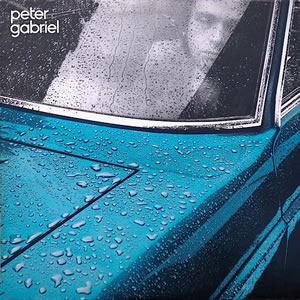
Buy Draw the Line After departing from Genesis, the group he founded and fronted for nearly a decade, Peter Gabriel slowly worked his way into launching a solo career. His 1977 debut album […]
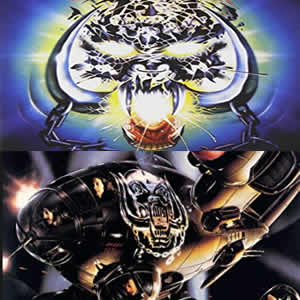
Buy Overkill Buy Bomber During the year 1979, Motörhead released their second and third albums, Overkill and Bomber, two records that put this hard rock trio on the map. Overkill was an unexpected […]
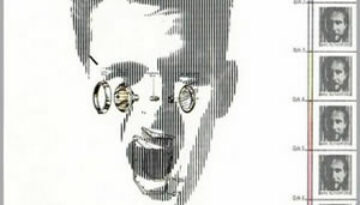
Buy Mike + the Mechanics Mike + The Mechanics was a quasi-solo project by Genesis bassist and guitarist Mike Rutherford The 1985 self-title debut was a commercial success which spawned three hit singles […]
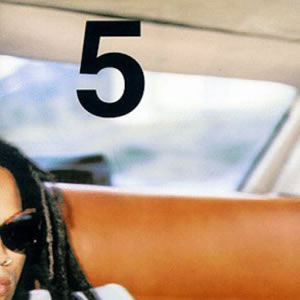
Buy Lenny Kravitz 5 The fifth studio album by Lenny Kravitz, released in 1998 is aptly titled 5 and saw the talented artist return to top commercial success as well as expand his […]